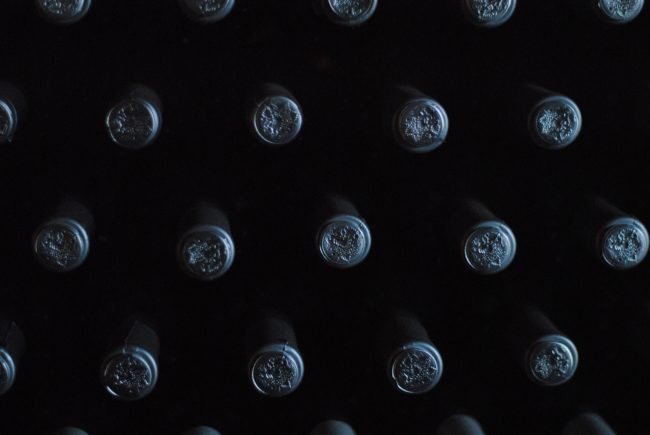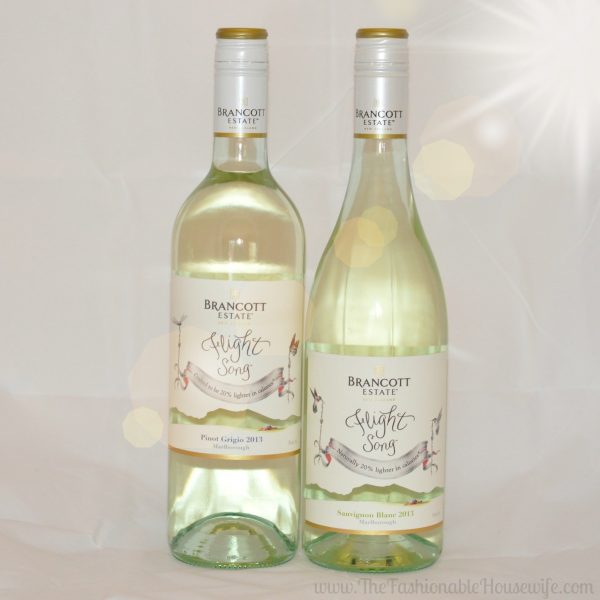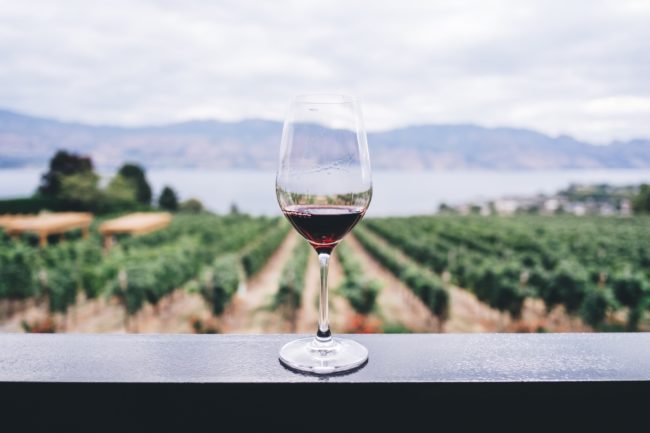
Wine is a universal beverage that has connected generations for thousands of years. While there have been many changes in taste, vintning technology and social contexts in which people gather to enjoy wine, the do’s and don’ts of proper wine storage has not changed much between Ancient Rome and today. Whether you have five bottles or 500 that you’re saving for a special occasion, proper storage will ensure that your wine lasts and tastes just as good as you expect.
If you fancy yourself a wine connoisseur, either amateur or professional, you may consider investing in a Wine Cellr appliance to ensure you can store your wine in the best conditions. Otherwise, this article will give a brief overview of the best ways to properly store your wine regardless of your storage situation.
Find the Goldilocks Temperature
As in, keep the temperature low, but not too low. Exposing your red wine to excessive heat will often result in flat flavors and muted aromas. It will also expedite the aging process. Generally, temperatures should be kept between seven and 18 degrees Celsius, as anything above this range will cook your wine. Of course, this isn’t an exact science, so slight fluctuations of a few degrees are normal.
Keeping this in mind, it’s also important to ensure you don’t store your wine in excessively cold temperatures. While keeping a bottle or two in your refrigerator before an event or family dinner is fine, though this isn’t a good storage option for the long term. Temperatures below seven degrees Celsius lack the moisture needed to prevent corks from drying up, and allow air to come into contact with the wine. Exceptionally cold temperatures, found in such places as garages or freezers, may freeze the wine causing it to expand enough to push the cork out.

Sweat the Humidity
In the same way that excessive humidity can negatively affect one’s hair, it will also negatively affect your wine. Excessive humidity that is 80 percent or higher will result in damp conditions that may promote the growth of mold where you store your wine. While this may not affect the wine, per se, it may affect the bottle. Conversely, environments that are too dry, specifically less than 50 percent humidity, may cause the cork to dry out and, once again, allow air to come in contact with your wine, altering its flavor. Ideally, you should maintain humidity levels in your storage space between 60 and 80 percent.
Let Your Wine Vent
While you may enjoy a glass of Flight Song wine with a garlic or onion-infused meal, you don’t necessarily want these odors to mix with your wine while it’s in storage. Good ventilation is key to keeping your wine in an odor-free environment, as it’s inevitable that some air molecules will come into contact with the wine, despite the cork’s best efforts. While many, short-term odors are benign (for example, if you’re painting a room in your home, or cooking a particularly flagrant meal), odorous objects should not be stored in the same vicinity as the wine. Also ensure to keep chemical compounds away from the wine, such as paint or cleaning solutions.

Turn Off the Light
Think of the colored glass bottles as sunglasses for your wine, as the tinted glass protects the wine from harsh sunlight. Direct exposure to sunlight and UV rays can degrade and prematurely age your wine, as well as expose it to harsh, and often dangerous, conditions. While light from household bulbs won’t have the same effect as sunlight, it can fade labels over time.
Seeing Things Sideways
Besides being a space-efficient way to store your wine (especially if you have many bottles), storing your wine bottles sideways also ensures that the wine is always in direct contact with the cork. As aforementioned, it’s important that the cork never dries out, as contact with excessive amounts of air will dramatically impact the taste and chemical composition of the wine. Ensuring you keep your wine bottles stored sideways applies largely to long-term storage and doesn’t apply to those bottles you plan on enjoying in the short term, or bottles that close with a cap or plastic cork.
For Those Open Bottles
If you’ve already opened a bottle, but haven’t finished it, your best course of action is to store it in a wine cellar or closet. Alternatively, you can also keep it in your fridge, which will keep it for about three to five days. When you’ve already opened a bottle, ensure that your cork it tightly, keep it away from excessive light and heat, and consider purchasing a wine stopper and pump. This will ensure you can enjoy it just as much the second time around.

If you want a quick and easy solution to store your wine, you may consider purchasing a wine cooler or cellar rather than maintaining your own makeshift storage space. Products such as the Wine Cellr guarantee to help you store your wine in the best conditions.
There are, however, a few points to keep in mind when looking for a suitable wine cellar. You may consider how large of a unit to purchase depending on the available space in your home, as well as how often you find yourself reaching for a bottle.
Some larger cellars meant for long-term storage may not be suitable if you want to be able to clearly see all of the bottles you have in storage and easily reach for a bottle. Additionally, you should consider the size of the racks and if they will accommodate the size and shape of your bottles. You may also consider the door of the cellar and it’s material. This is important if you want to see the bottles and protect them from light and UV rays.

Whether you’ve decided to purchase a wine cellar or make your own, following these simple do’s and don’ts of proper wine storage will ensure your wine is stored in optimal conditions. So, you can wine down and enjoy yourself (perhaps with a glass, or two) knowing your wine is fine.
For more online topics about wines, you can visit Sokolin Wines.



